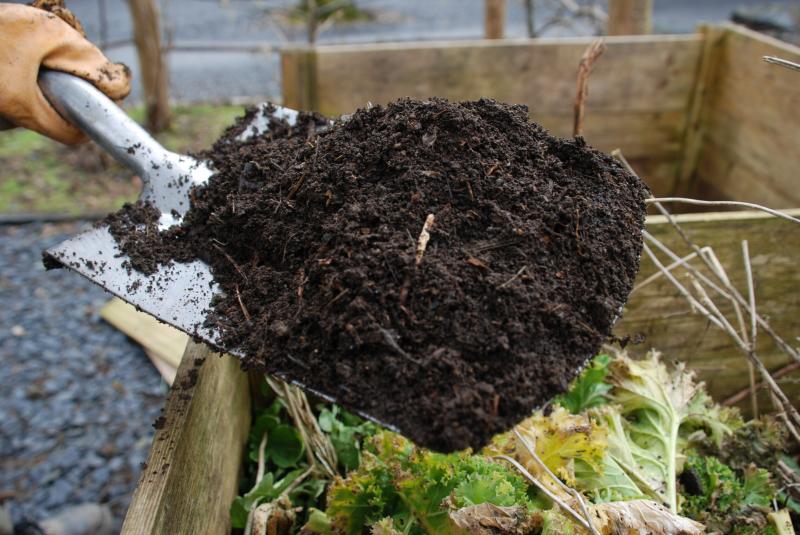
Zero-waste technology is sustainable use of natural resources in production. But how to use this technology in agriculture? What are the pros and cons? A World of NAN reporter will try to answer these and many other questions.
The principle of organization of production, where raw materials and energy are used in a closed cycle, is more practical in large automated enterprises with a well-established processing process. However, this principle also works in agriculture.
IN ANIMAL HUSBANDRY
The main wastes in animal husbandry are organic effluents, which are difficult to find use in the household.
But today, various methods of using animal waste are being found around the world. For example, cow manure can be used to produce construction materials, biofuel, paper and even biogas.
However, this is a rather complicated and deep process, where the farmer is just a supplier of raw materials, besides such processing is not popular in Kazakhstan.
Today, domestic livestock farmers can use organic runoffs for their own purposes. For example, in the production of natural fertilizers. This practice is very popular in the West, because there, large livestock breeders often grow forage crops themselves and they are interested in the production of fertilizers.
It should be understood that farmers do not use fresh manure because it may contain harmful substances for plants, gases, parasites and various diseases that can be transmitted to humans.
Manure is processed, most often in a natural way that is artificially accelerated. In general, there is a process of processing manure into useful organic matter in nature, but it is very long. It is accelerated by special compost worms that eat and process manure. In the process, pathogens are neutralized and weed seeds are destroyed.
This method is only gaining momentum in Kazakhstan. We previously featured a student who built a business on it.
It is worth adding that in developed countries, they find a use for literally everything. For example, cow horns are processed into buttons, hooves are used in the production of foam for fire extinguishers, from individual cow bones they make porcelain, and from intestines strings for tennis rackets. Bird feathers are used as pillow fillers or are also recycled into feed. Moreover, foreign capitalists are constantly finding new uses for waste products.
Kazakh farmers should also think about it. Maybe for someone it will be a solution to a problem, and for someone it will bring additional income.
IN CROP FARMING
Crop farming has not gone as far in using crop waste as livestock farming. For example, root crop leaves in vegetable farming are also used as fertilizers.
But not all vegetable waste is suitable for processing. For example, tomato and potato foliage most often goes into the fire. But the cucumber foliage, if there were no diseases and pests on the cucumbers until the fall, some farmers use as compost.
A better use is found in beet and carrot tops. It is often fed to rabbits, chickens and cattle. But when preparing them for fodder it is also worth remembering about diseases and pests. The leaves of these vegetables are also useful in the preparation of natural fertilizers.
Thus, only greenhouses or avid gardeners, who are engaged in growing crops for many years, can use the waste.
Among field crops, waste after harvesting wheat is widely used, it is used as animal feed, in the production of bedding for livestock, and some even use it as hot fuel. Sunflower and corn waste is also used as fodder.
Using crop waste in this way is very common, but today there is also deep processing, where waste is used in unimaginable ways.
For example, there is a Pan-European project where treated plant waste fibers are used as raw material for the production of packaging materials. Beet tops, corn cob waste, and cereal straw are used as raw materials.
CONCLUSION
In the introduction of zero-waste technology in the production process of agriculture we can see only advantages. The first positive side is the utilization of waste, for which sometimes financial means are spent. The second benefit is the additional earnings or reduced costs for fertilizer, feed, and other things.
If it were that simple, all farmers in Kazakhstan would be doing it. But processing waste is no easy task. Because it requires additional effort, funds, time, and even equipment. Large farming corporations abroad have long ago established this process, and Kazakhstan will come to this sooner or later.



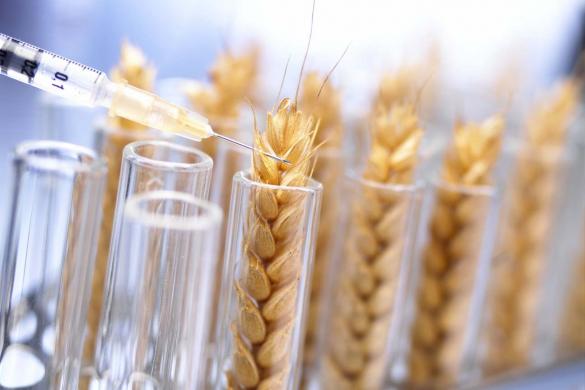
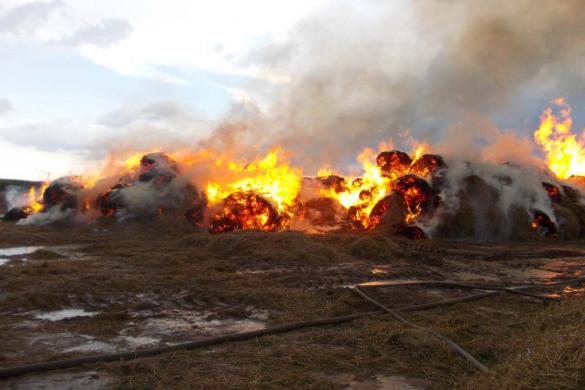
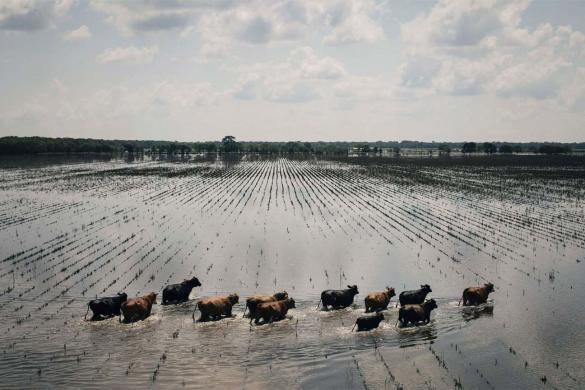
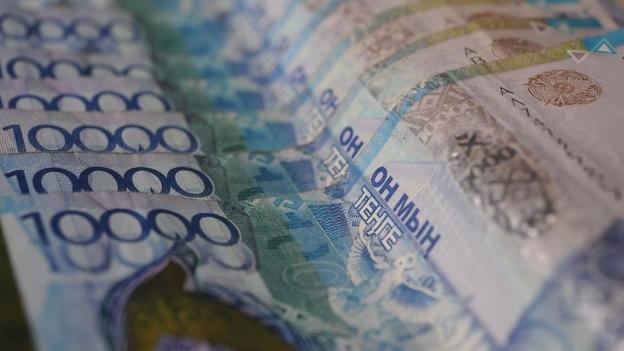







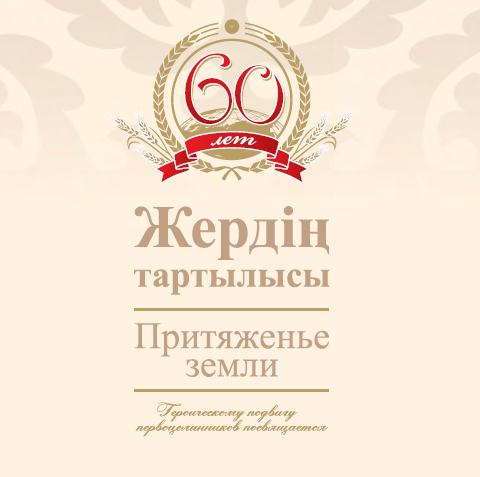
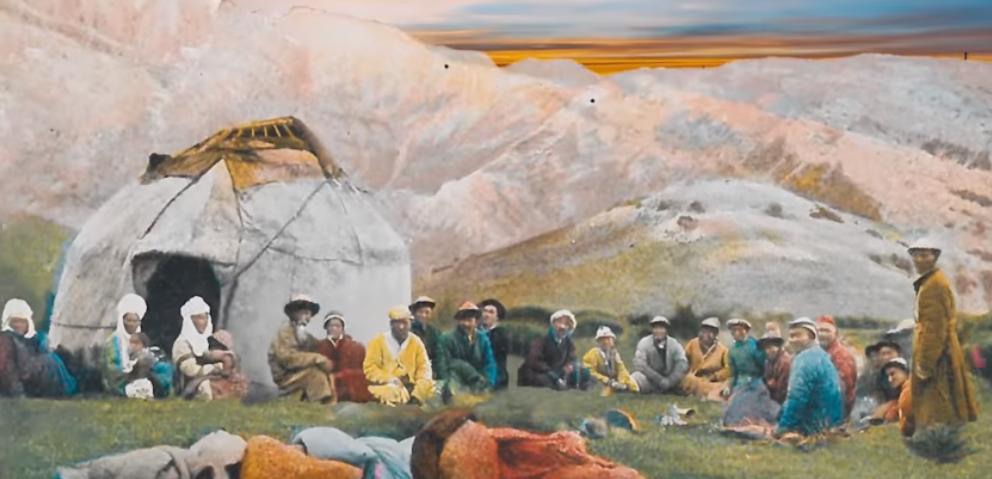





























Обсуждение